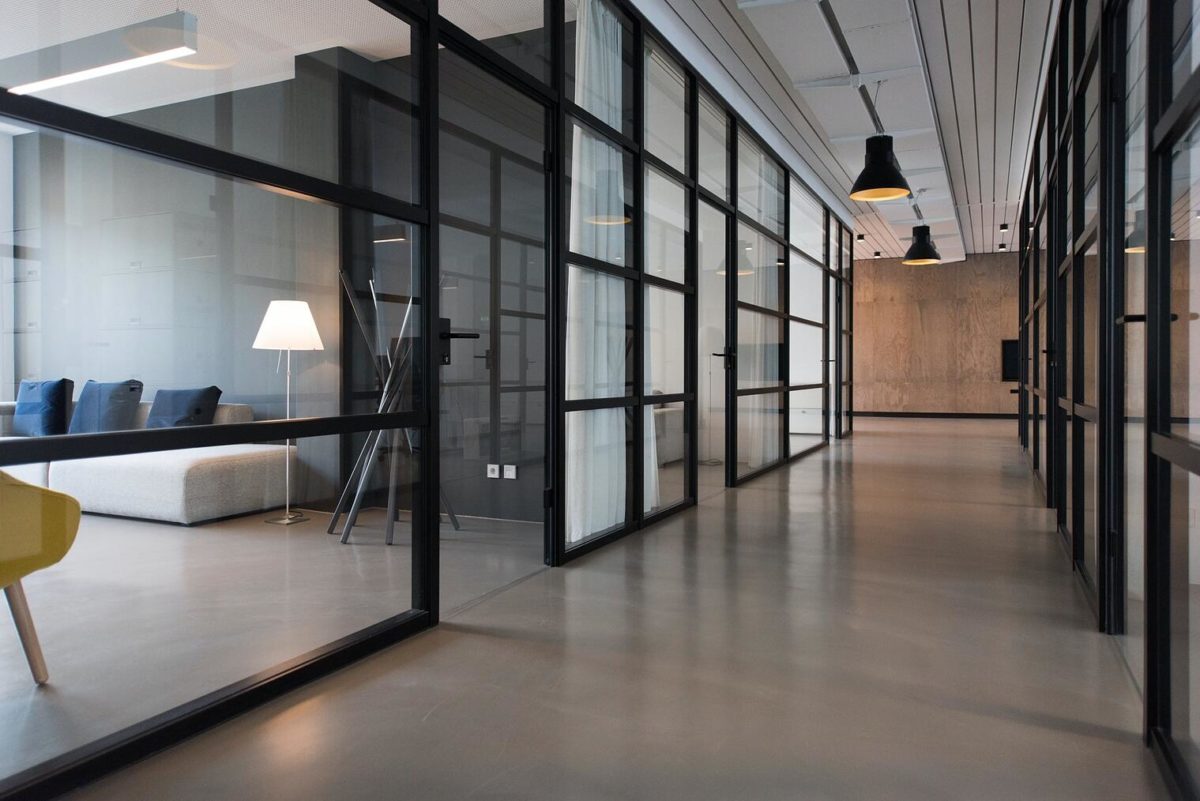The 3 Pre & Post Covid Space Optimization Trends That Will Define Your Workplace

Contents
The workplace is changing. This is not just due to the current corona pandemic, even prior transformational processes in redefining our places of work could be observed. Research has shown that the pandemic has sped up the pace at which our workplace is changing, as companies are consistently striving to become more agile and lean. In this article, we’ll explore some of the space optimization trends prior to the pandemic, which might even accelerate in current times. We also discuss relevant post Covid trends we see in the market.
Pre Covid Space Optimization Trends
Trend # 1: Flexible Spaces & Co-working Areas
The use of flexible spaces and co-working has been around since the early 2000s. Since then not much changed, simply the popularity of these spaces has increased. The idea of working alongside like-minded individuals, sharing ideas, increased productivity and cost benefits made this work environment an attractive investment for both employees and employers.
Trend # 2: Work & Space Fusion
The days of private offices, cubicles and open-office layouts have increasingly become things of the past. Companies have progressively begun to find new ways to reimagine existing space, by utilizing single work areas for multiple purposes. This idea has come to be known as work and space fusion. Benefits include the smoothing of workflows, increased collaboration and the creation of positive spillovers to other parts of a company.
Trend # 3: Experimental Workplace Design
Another observable trend was the ever growing use of experimental workplace designs. This trend thrives to create an improved employee experience that communicates the organization’s values and vision. Creating an experimental workplace design can include anything from changes to layout, to reinterpreting how employees engage and communicate with each other.
Post Covid Space Optimization Trends
The previously mentioned pre Covid space optimization trends won’t necessarily disappear, however their use is bound to decline. The corona pandemic has made it evident that the current workplace is lacking flexibility and that employees are longing for greater freedom when it comes to their work.
Trend # 1: The Hybrid Workplace
In a time where the majority of people are working from home and office spaces are close to entirely empty, a hybrid workplace can be the solution we have all been looking for according to George Penn, Vice-President of Gartner. This model is based on flexibility, adaptability and shared ownership that gives employees the freedom to make their own choices when it comes to where to work and when.
Trend # 2. Decommissioning Square Meters
Before Covid, it was common knowledge that office buildings were largely under-utilized across the globe. Workplace strategies are likely to shift and employees will have more, if not full autonomy on selecting where they want to work in the future. Enterprises that already had a surplus of square meters, and the ones that have the highest work from home ratios, will be the first to decommission space they no longer need. Rotating employees between home and the office can hereby be a great strategy.
Trend # 3: De-densification Of Individual Work Spaces
Research by JLL has shown that for years a common trend has been assigning less and less space to individual employees. In times of a global pandemic and particularly as part of a re-entry strategy this trend is likely to be overturned. Reassigning greater amounts of space to each individual employee to work is hereby a great way of making employees feel more comfortable, not cramped between other employees all while practicing social distancing.
Understand How These Trends Impact Your Workplace
Understanding space utilization allows you to optimize your space, which is essential in times of fundamental change. The aforementioned trends all have one thing in common: in order to realise positive outcomes, data is essential for enterprises. Your goal should be to create even better employee experiences, while giving people the freedom to make greater choices when it comes to how they do their work. With this behavioral change, it is vital to understand how people consume space once they return to the office. Our Covid Re-Entry Support solution helps you understand space utilization in order to optimize your buildings according to the latest standards. Whether that’s decisions on decommissioning space, optimizing buildings, floors, or zones, utilization data ensures your decisions are backed.



